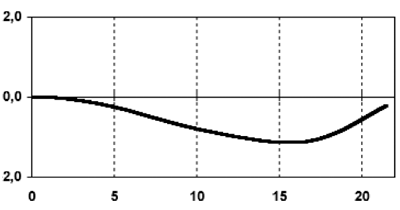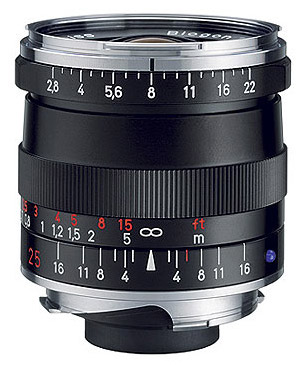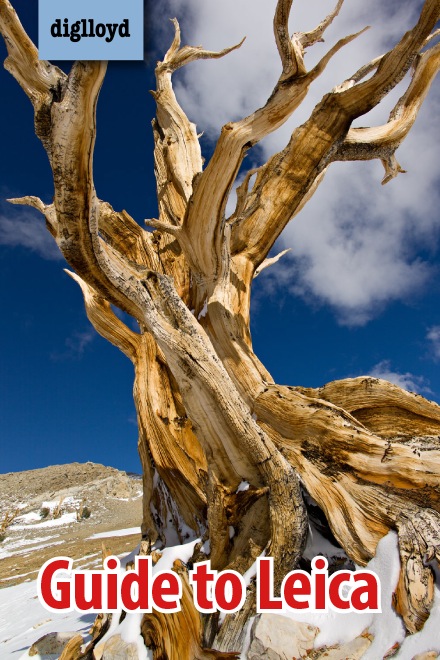
$220 SAVE $130 = 37.0% Western Digital 16.0TB Western Digital Ultrastar DC HC550 3.5-in… in Storage: Hard Drives
|

|

|

|

|

|
Zeiss ZM 21mm f/2.8 Biogon T*
Related: distortion, Leica, Leica M, optics, Zeiss Biogon, Zeiss Lenses, Zeiss ZM, Zeiss ZM 21mm f/2.8 Biogon
The Zeiss ZM 21mm f/2.8 Biogon (about $1340) is a relatively inexpensive, but strong performer in my brief field shooting. Like the Leica offerings, its distortion is of the “wave” type— not strong but not real-life as with the ZM 21/4.5 Biogon.
Composing with the 21/2.8 Biogon mandates use of the optional 21mm ZI viewfinder (about $364), same need as for any other 21mm offering. Which unfortunately raises the price by about a third.
View near real-time pricing and availability for Zeiss ZM an Leica M lenses on the Leica M gear page.
Focusing
I found it easy to focus the ZM 21/2.8 accurately using the rangefinder. Rangefinder accuracy doesn't change with focal length, so precision should be excellent with a 21mm, and this is what I observed.
Image quality
Performance is very crisp and contrasty, with richly saturated color and excellent detail across most of the frame, even wide open. Stopping down to f/5.6 yields oustanding results.
The only downside is the wave-type distortion, a nuisance also present in both Leica offerings, and only avoided by the Zeiss ZM 21/4.5 Biogon.
Color
Setting M9 Lens Detection to “21 f/2.8 11134” yields well-corrected vignetting and color.
Aperture ring
As with the other ZM lenses, the 1/3 stop click stops feel fantastic, and they are easy to see. I love this aspect of the ZM line, and it’s practical too: it allows fine-tuning exposure to 1/3 stop, something that can be of use with digital (expose to the right). They are clear and well marked on the outside barrel of the lens, nicely done, and the slight clicks they make offer excellent auditory and tactile feedback.
Composing
The two-step is OK with some practice: focus first, then compose with the hot-shoe mounted viewfinder.
Ergonomics
The ergonomics are excellent, setting aside the need for a separate viewfinder, which is mandatory for any 21mm lens on the Leica M9. I really liked using this lens.
While the lens is a little longer than most M lenss, for my hands at least, the generous focusing ring falls exactly where I want it, and with just the right amount of separation from the aperture ring. Perfect as far as my hands go.
The lens hood is rectangular and does make the lens look larger than without, but it’s an effective hood, and worth using unless space is really at a premium.
Specifications
Per Zeiss. See the datasheet.
| Focal length: | 21mm |
| Aperture scale: | f/2.8 - f/22 |
| Focusing range: | 0.5m - infinity |
| Angular field, diag./horiz./vert | 90/80/58° |
| Coverage at close range: | 47 x 71 cm |
| Image ratio at close range: | 1:21 |
| Number of elements/groups: | 9 elements in 7 groups |
| Filter thread: | M 46 x 0.75 |
| Weight: | 300g |
| Dimensions (with caps): | length 64 mm |
Distortion
The distortion of the 21/2.8 Biogon is the typical wave-type distortion: barrel distortion that reverses to pincushion distortiong near the edges.

Conclusions
I had limited time with the 21/2.8 Biogon, but its high performance was obvious from the start. Setting distortion aside (which is on par with Leica offerings), I’d be very pleased to use this as a 21mm lens choice. It clearly offers top-notch optical performance, and ergonomics are excellent.
Seagate 22TB IronWolf Pro 7200 rpm SATA III 3.5" Internal NAS HDD (CMR)
SAVE $100


















